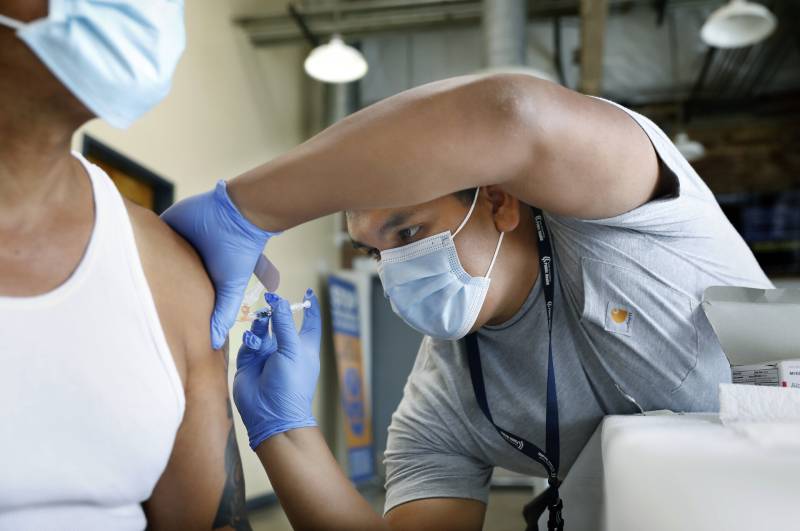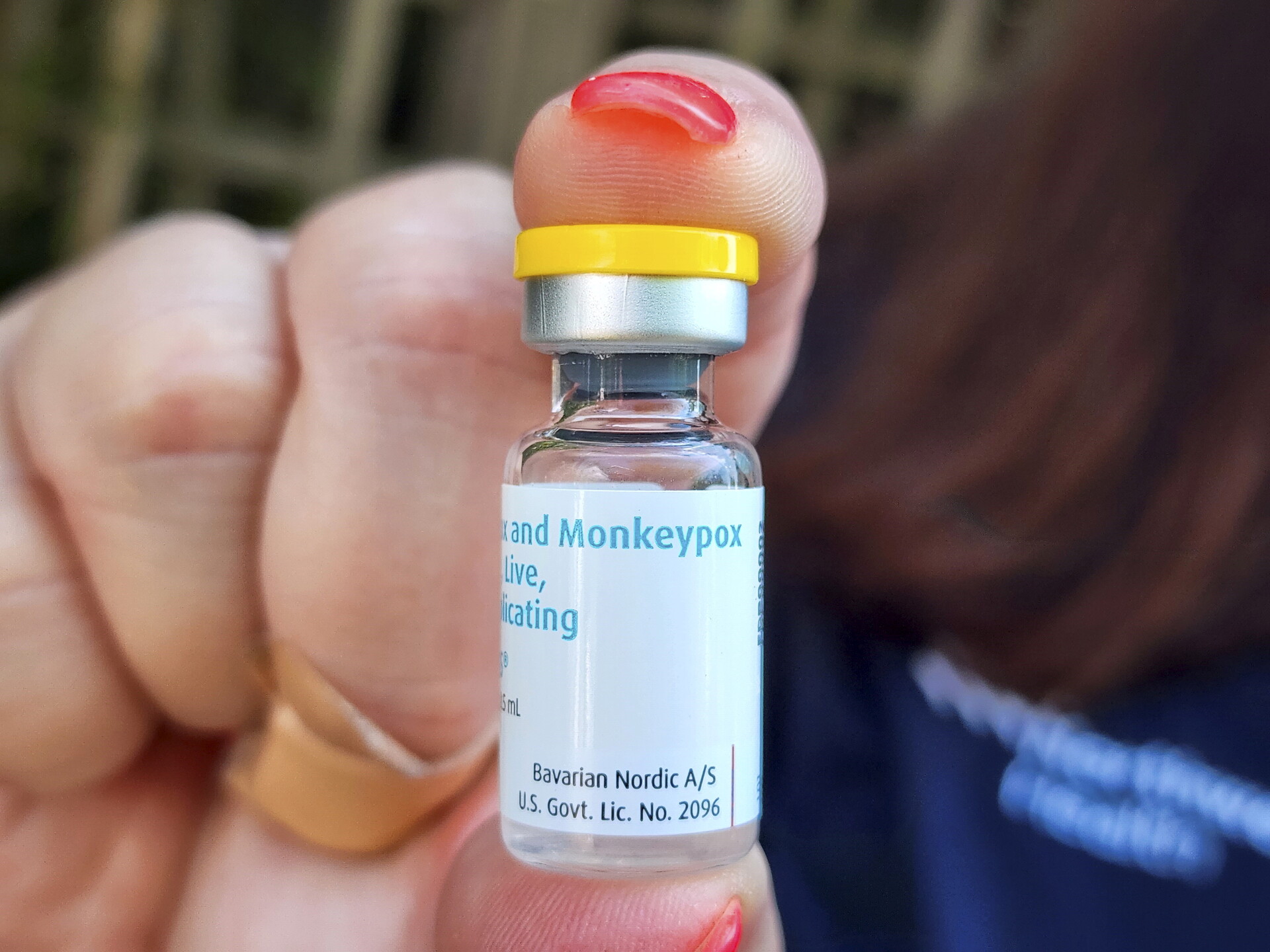After a summer of very low case rates, public health officials are warning that cases of mpox — formerly known as monkeypox — are rising around California, including in the Bay Area.
The initial outbreak of the virus hit the United States in the summer and fall of 2022, particularly affecting gay and bisexual men as well as trans and nonbinary people who have sex with men. After a mass vaccination effort led by organizers from the LGBTQ+ community and public health officials, the rate of mpox infections dropped to virtually zero in California — but now, the average number of cases reported every week around the state has more than doubled from the summer months.
Keep reading for what we know about the recent rise in mpox cases in the Bay Area and across the state, recommendations from local public health officials, and where you can find an mpox vaccine in the Bay Area.
Jump straight to:
What are mpox cases like around the state and in the Bay Area right now?
Bay Area health officials had originally been concerned about the potential for a resurgence of mpox, a viral disease which spreads mainly from close physical contact, much earlier this year ahead of Pride festivities in June. Fears of a 2022-style outbreak did not materialize, and case counts stayed very low: From February to August 2023, the average weekly case number across California was approximately 1 to 7 cases, according to data from the California Department of Public Health (CDPH).
But on Oct. 31, CDPH Director Dr. Tomás J. Aragón announced that the agency was now “beginning to see an uptick in mpox cases across the state.”
According to CDPH data, the number of mpox cases in California has “significantly increased,” up from this summer’s low to “approximately 17 cases per week in the most recent three-week period” (with available data being from Sept. 20 to Oct. 10).
CDPH also noted a rise in the number of California counties reporting mpox cases: 15 counties in that most recent three-week period, compared to 11 counties in the three weeks before that. Similar increases, said the agency, are also being seen nationwide in states “including Washington, North Carolina and Hawaii.”
What about the Bay Area? In a statement, the San Francisco Department of Public Health (SFDPH) said that mpox cases in the city have risen too, from only 7 cases in August to 20 cases in September and at least 20 cases in October. SFDPH noted that “some Bay Area counties have seen increased incidence rates in the last several months,” too, as had other large cities around the United States, albeit at slightly different times compared to San Francisco’s rise. Los Angeles said SFDPH saw its mpox increase in June, and mpox cases increased in Chicago in May. The latter was the outbreak that initially prompted Bay Area health officials to urge renewed vigilance against mpox ahead of Pride.
How much should I worry about this rise in mpox cases?
“While the average number of weekly cases remains low compared with last year at this time, mpox continues to circulate in California, and recent data indicate that transmission levels are increasing,” CDPH said. SFDPH also stresses that their count of October cases is still being completed, and this number may rise further.
CDPH noted two important things about this latest rise in mpox case numbers. The first: This latest increase appears to be fueled more by “ongoing transmission within sexual networks” than by people traveling to or from specific areas.
“Importantly, most cases did not report travel or attending any specific event,” CDPH said.
SFDPH has been more open to the notion that travel and event attendance could have played at least some role in this latest mpox rise, noting that during this outbreak, transmission “is primarily related to intimate contact during oral or anal sex” and that “when people are connecting more frequently or with new sexual partners, there are more opportunities for mpox to spread.”
“Things like late summer travel, gatherings, and events may be associated with changes in sexual practices that can lead to increases in cases,” SFDPH said.


